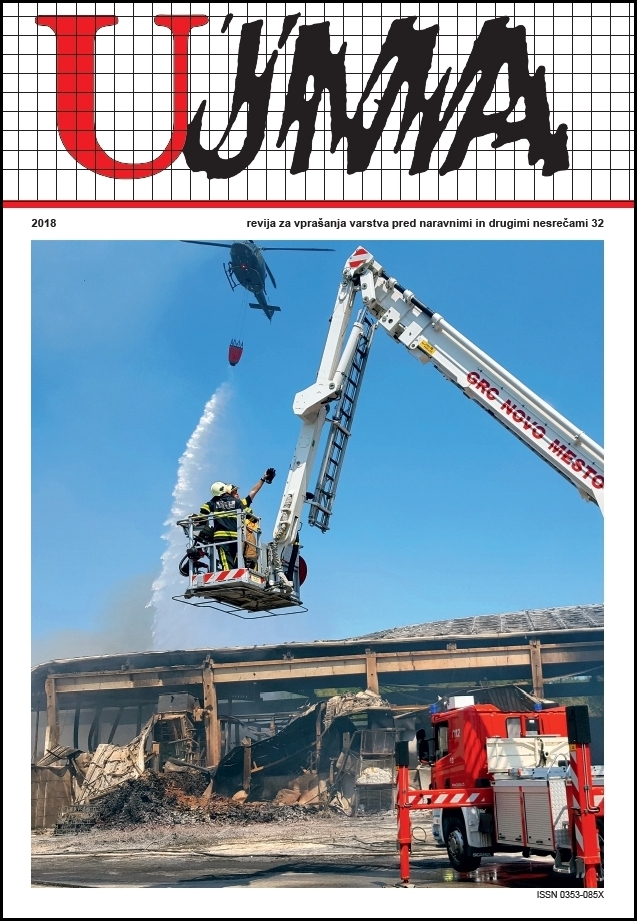THE USE OF SPACE BLANKETS IN THE FIRST AID TREATMENT OF AN AMPUTATED BODY PART
Abstract
Care provided to an injured person who has suffered total amputation can only be successful when the wound and the amputated body part are treated correctly at the site of the accident, transported in an appropriate manner, and provided with appropriate surgical care. The aim of the research was to measure the drop in temperature of a simulated body part which was treated in line with the applicable first aid guidelines for a hot environment, and to compare this approach to the use of a space blanket as an additional outer protective layer. In the lab experiment, the simulated amputated body part (a chicken leg heated to 37°C) was exposed to different preservation methods (with and without the use of a space blanket) and to an environment with a temperature of 35°C for three hours. It was concluded that the use of a space blanket during high external temperatures, when all applicable first aid instructions for amputation are complied with, provides more appropriate care (cooling) of the amputated body part. Based on the current first aid guidelines, the amputated body part would be best preserved with the use of space blanket if, while applying all other recommendations, the space blanket is used as an additional outer layer for thermal protection, especially in a high ambient temperature.
References
Ahčan, U., 2006. Rane. V: Ahčan, U., Prva pomoč: priročnik s praktičnimi primeri. 1. izd. Ljubljana: Rdeči križ Slovenije, 373–407.
Ahčan, U., Arnež, Z. M., Trpin, E., Sancin, K. D., 2004. Nepravilna oskrba amputiranih prstov. Zdravniški vestnik 73 (9): 649–55.
Arnež, Z. M., Godina, M., Bajec, J., 1984. Oskrba in transport poškodovanca z amputiranim udom. V: Zbornik predavanj XX. podiplomskega tečaja iz kirurgije. Ljubljana: Kirurške službe UKC, 131–4.
Chadwick, S., Gibson, A., 1997. Hypothermia and the use of space blankets: a literature review. Accid Emerg Nurs 5 (3): 122–5.
Pekolj Poglajen, S., 2015. Hitrost ohlajanja amputiranega dela telesa. Diplomsko delo. Ljubljana: Univerza v Ljubljani, Zdravstvena fakulteta.
Slabe, D., Fink, R., 2014. Učinkovitost dvostranske metalizirane folije za toplotno zaščito ponesrečenca. Ujma, 28, 189–92.
Slabe, D., Tatar, D., Kovačič, U., 2017. Dvostranska metalizirana folija kot možni pripomoček za izdelavo improviziranih nosil. Ujma, 31, 233–8.
Tatar, D., 2016. Evalvacija nekaterih možnih načinov uporabe dvostranske metalizirane folije v prvi pomoči. Diplomsko delo. Ljubljana: Univerza v Ljubljani, Zdravstvene fakulteta.
Downloads
Published
Issue
Section
License

This work is licensed under a Creative Commons Attribution-NonCommercial-NoDerivatives 4.0 International License.
The articles are made available to the public under Creative Commons Attribution-NonCommercial-NoDerivatives 4.0 International (CC BY-NC-ND 4.0).


